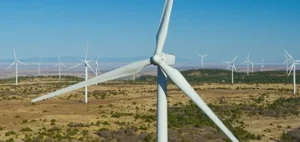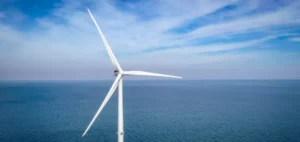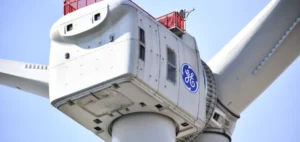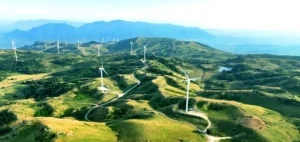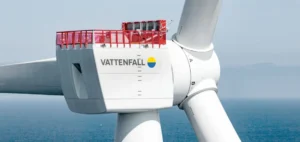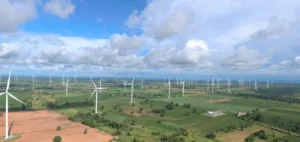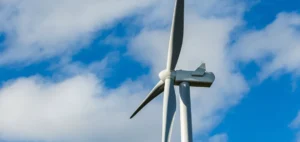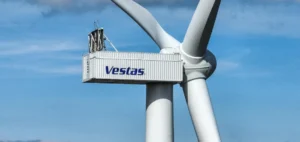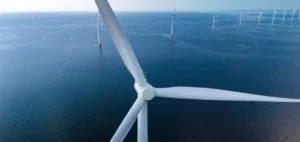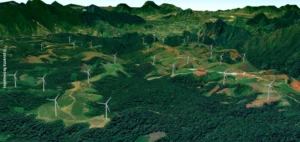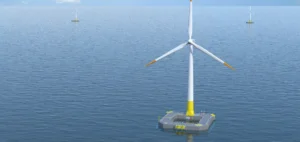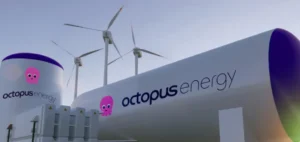A2A, the country’s second-largest supplier by installed capacity and electricity distribution, and ERG, through its subsidiary ERG Power Generation S.p.A., have finalised a fifteen-year power purchase agreement (PPA). This contract will begin on January 1, 2027, covering a total volume of around 2.7 terawatt-hours (TWh) of renewable wind energy, aimed at strengthening electricity price stability for a broad customer base.
A partnership focused on revenue security and risk management
The agreement specifically concerns the output from the Salemi-Castelvetrano wind farm, located in the province of Trapani, Sicily. This site is the fourth technological renewal project—known as “repowering”—within ERG’s portfolio, increasing installed capacity and productivity while reducing the number of turbines in operation. The renovated facilities comprise 18 Vestas turbines of 4.2 megawatts (MW), totalling an installed capacity of 75.6 MW and an estimated annual output of 208 gigawatt-hours (GWh).
This PPA represents A2A’s first fifteen-year contract with a major operator, providing increased visibility on electricity costs in the medium and long term. A2A’s strategy involves aggregating renewable energy production from its own sites and partners’ assets, in order to offer flexible and stable solutions to both businesses and households.
Optimisation of the renewable portfolio and national perspectives
For ERG, this agreement supports the long-term value of its new wind assets while promoting revenue stability through long-term sales mechanisms. According to the group, such contracts will increase the total volume of electricity traded under long-term private agreements to over 3.5 TWh annually.
The energy generated by the Salemi-Castelvetrano site could meet the annual needs of around 41,000 Italian households, with an estimated 74,000 tonnes of carbon dioxide (CO2) emissions avoided each year. The project is part of A2A’s strategic plan to 2035, which provides for investments of EUR22bn ($23.91bn) to strengthen national renewable energy production and reduce dependence on foreign sources.
Those involved highlight that this long-term contract model could limit electricity market volatility, while addressing the growing demand for decarbonised electricity from industrial and consumer clients.



